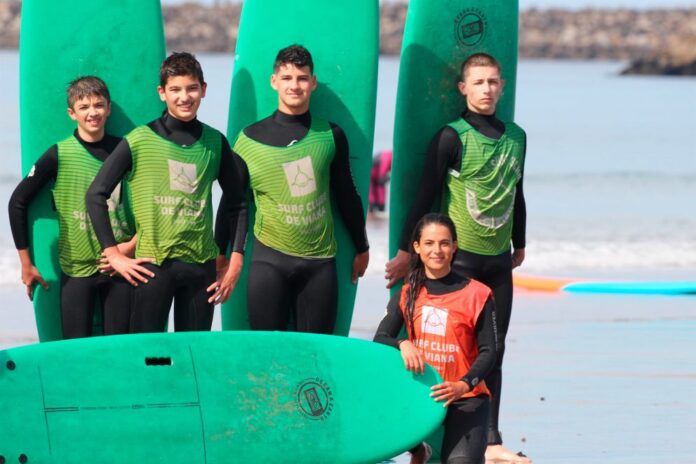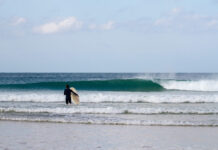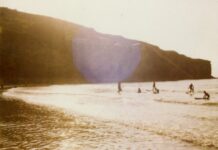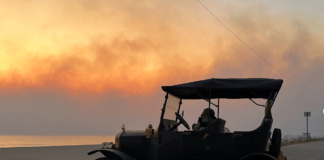Another remarkable finding was the strong connection many children developed with the marine environment. “The first concrete change portraying the benefits of these sessions was the breaking of the barrier related to going to the beach in winter,” says Bruno. “Beyond considering this a safe activity, the students realised that by following some “rules” and guidelines they can go surfing in wintertime, and under different sea conditions. It [the sessions] increased their knowledge of the sea, made them get down to the beach and observe the conditions: How’s the current? How’s the swell? Where is the best spot to paddle out from?” Moreover, Bruno underscores that the programme helped raise the childrens’ awareness of environmental issues transpiring in their own backyard: “We witnessed that they began to understand and connect better with the environment, to learn more about the beach, realise that there are some problems with the pollution which they hadn’t thought existed because when they get to the beach in summertime, it is usually clean.”
But perhaps more importantly, the programme achieved what it set out to do: show that surfing can improve the children’s overall well-being. “We saw that at the end of the sessions many of them didn’t want to go home,” emphasises Bruno. “There were two children in particular who, on the first day of activities, said they would never do it – but after only two classes were the first ones to be ready to get out there and wanted to stay in for as long as possible.” Recalling the sessions, Bruno says that this radical change “was explicit in the joy expressed in their faces and shouts of happiness when they caught a wave”, and that many students later signed up to the local surf club to carry on surfing.
Being the first academic attempt to investigate surfing as a unique PE learning environment for children and adolescents, the researchers were unable to compare the results with other similar methodologies. On top of that, their original plan of running another twelve-week programme to form a basis of comparison fell through due to COVID. Nevertheless, even with this exploratory data they were already able to verify that indeed there were benefits, which left them with the question: If the duration was prolonged, would the benefits be greater?
“This is an idea that, for me, can and should be implemented in the PE curriculum of coastal schools across the world,” says Bruno. “Not only because of the aforementioned benefits for children, but also because of what we saw in relation to surfing being an effective activity for managing individual expectations, which grow and give a much more positive perspective to the future of people’s lives than when it was not present.”
In order to create such a programme successfully, Bruno highlights a couple of points. First, there needs to be a well-tailored framework and management strategy, taking into account the most effective way to implement the lessons – and that’s where surf clubs and experienced professionals come in. Second, it’s crucial to garner the support of municipalities (in this case Viana do Castelo), who might be able to grant free transportation for students to and from the beach, facilitate the purchase of materials and equipment for local clubs, and pay coaches and trainers to assist the PE teachers.





